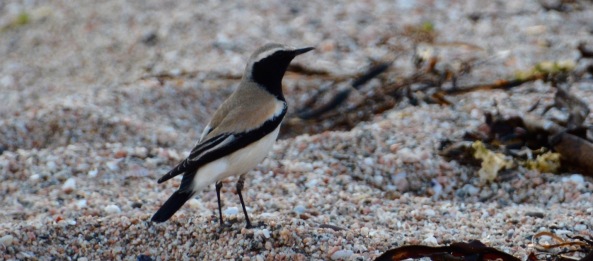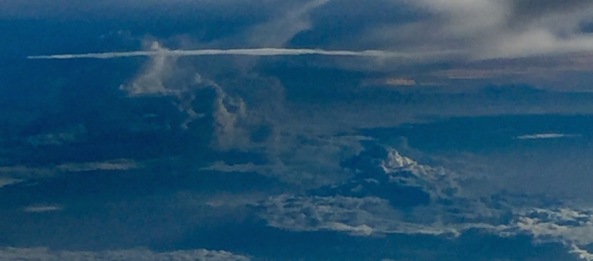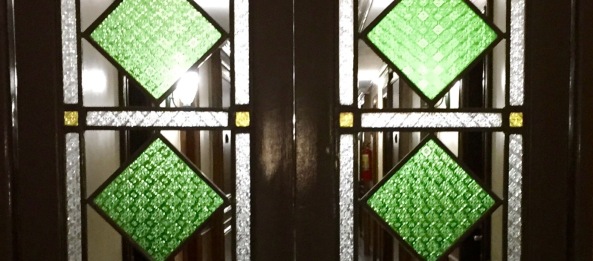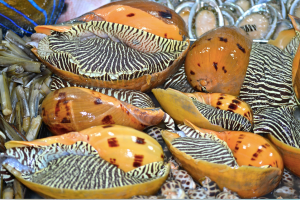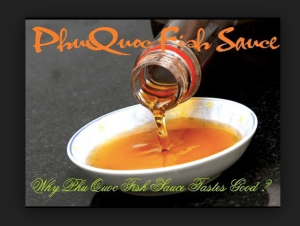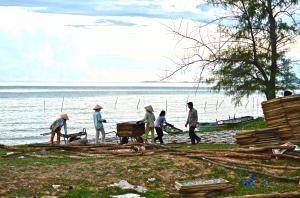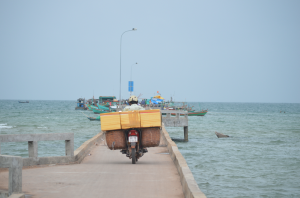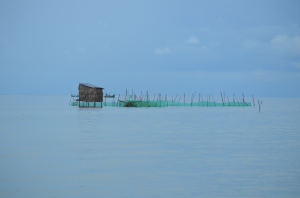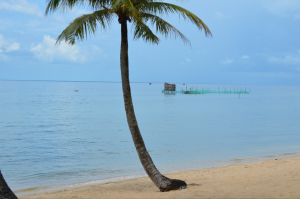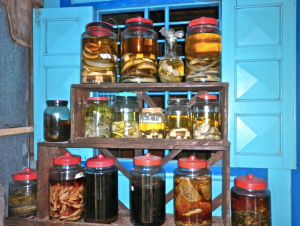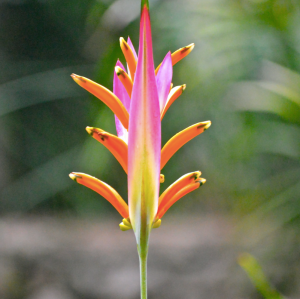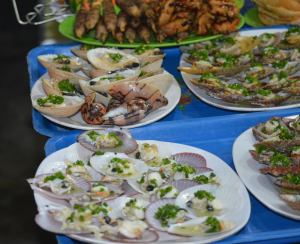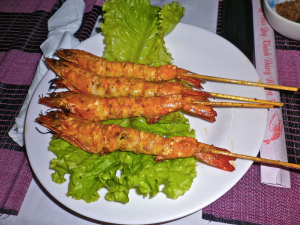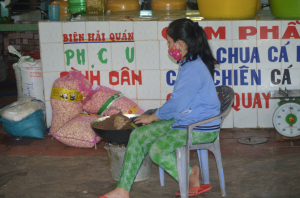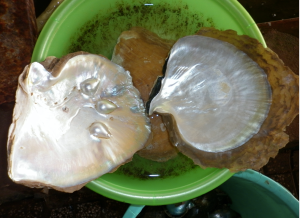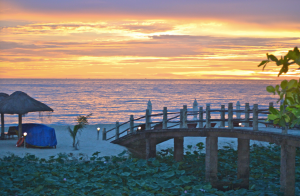(previously published on 5/3/2023 on vickystravelinthemiddleeastandbeyond.wordpress.com)
Time to move on again, a big journey still in front of us, but visiting Masirah had been, as always, a lovely experience.

We were booked on the 7.30am Government ferry. There are local ferries, which sit and wait for enough cars and lorries to fill it, then set sail. This can take half an hour or two hours, or you can take the Government one which leaves promptly at its departure time. My preferred choice!
Today it was just us and three jolly local ladies in the family section. The ferry only had a few cars onboard, I suspect the early service ran at a loss today…
Shannah port on the mainland is where the ferry docks and is also home to a large fleet of fishing dhows. In the morning the dhows are unloading their night catch into the refrigerated lorries, which either travel to processing plants along the coast or off to the larger cities. The seagulls are frenzied when the catch comes in!

Onwards to Mahout, the closest town on the mainland to try to get some cash out of the ATM. My UAE card was rejected the whole time on Masirah, luckily an international one worked or we would have been scuppered as card payments are not common on the island, cash is king!
Mahout has a morning market which makes the main street busy, full of people shopping, going about their business or just sitting, passing the time of day with friends…

I managed to photograph a few of the traditional Omani doors and gates in Mahout…on this trip I have noticed that these old traditional metal doors are becoming fewer as the old properties are being knocked down or left to disintegrate….I’m glad I have a record from our travels…

From Mahout we decided to revisit Khaluf, a fishing village 26 km off the main road south to Duqm. Quite a remote little place, fishing is the reason for its existence but it’s shores are also home to small Umbonium shells, namely the beautiful Umbonium eloiseae
Normally this is found in a pale pink colour, with some popping in an eye catching candy pink, these are found at Shannah and on Masirah island.
At Khaluf, they have a redder hue, with some deep red. It’s all a similar area with distances between each pocket where they are found, but the ones from Khaluf are quite special …


Khaluf is also the start of white sand dunes, also known as the Sugar dunes. Beautiful to see but we didn’t go into the dune area as the car is fully loaded for the journey and we didn’t want to deflate the tyres for a quick drive in the dunes, so viewed from afar…

Then to Ras Madrakah…another small village at the headland which juts out into the Indian ocean.This is another main fishing area, it seems the village solely exists for this purpose, there is nothing else in this lonely place….well, a few seashells of course!

We left Ras Madrakah just before sunset and headed off down the very lonely roads and gravel plains of this part of the coast.We didn’t have a fixed plan for sleeping, either a rest house or a snooze in the car, it’s spacious and comfortable enough and the tent isn’t!

Time for some dinner, at Al Jazer, where we had previously stopped for petrol on past trips, there are several little restaurants lining the road. Dinner, which was a tandoori chicken and biryani rice in salubrious surroundings, was very good. Replete, we pushed on…

Shalim is a lonely town on the route and we have stayed in the fairly basic rest house before, so we decided to stop there…we were fairly surprised to be told it was full, so we pushed on to Ash Shuwaiymiah where there is another rest house.
Normally a rest house costs 10 rials ( around 25euro, I suspect the locals price is much less)here we were asked for 25 rials! The OH went to look at the room, came back , said “No way” and we drove off. There is little care of these properties and they are very basic. As the name Rest house describes, a place for rest on a long journey, but not at 25 rials!
The next part of the journey from Shuwaiymiah to Hasik is on a road cut through the massive escarpment of the Jebel Samrahan range of mountains that separates this part of the coast from the lower coastline of Dhofar. It’s a thrilling road trip, but less so at night, more of a hang on to the hand grip and occasionally squeak “ Slow down!”
Few photo opportunities arise at night in this dark, mountainous area, but we did get a shot of the wall fossil we discovered several years ago ( noted on the GPS)

Popping out of the escarpment run, we had been told by a kind Omani who had waved us down on the road that there was a Rest house in Hasik, so we found it quite easily after he had told us where to turn off the main road ( no discernible signage on the road we could understand, but probably a sign in Arabic ) and thankfully had a bed for the night! Handy to know about this place if you are ever doing this long run at night because the next place to stay is in Mirbat, another 120km down the road…

I will just add here that Omani rest houses ( aka small hotel for travelers) are fairly basic, they provide a bed for a rest, private room and bathroom but the maintenance and cleanliness leaves a lot to be desired.As Oman is such a vast country, these little rest houses cover the needs of travelers and are a necessity. We are usually traveling with camping bedding and quite often I will use our bedding for sleeping. However some are better than others, but you don’t know that until you arrive!
Route map…












































































































